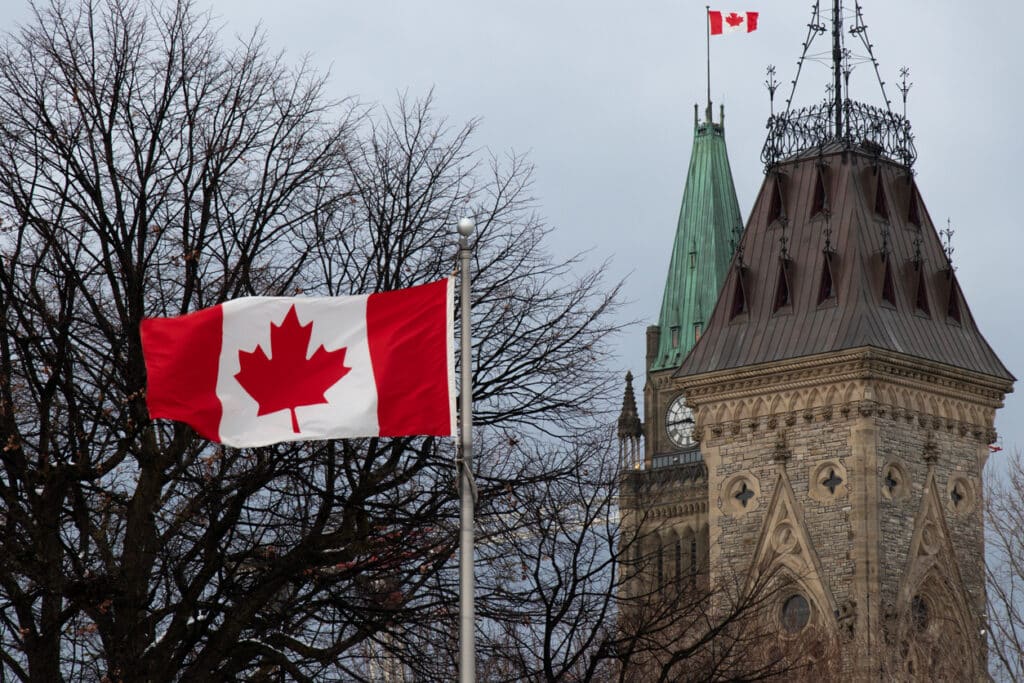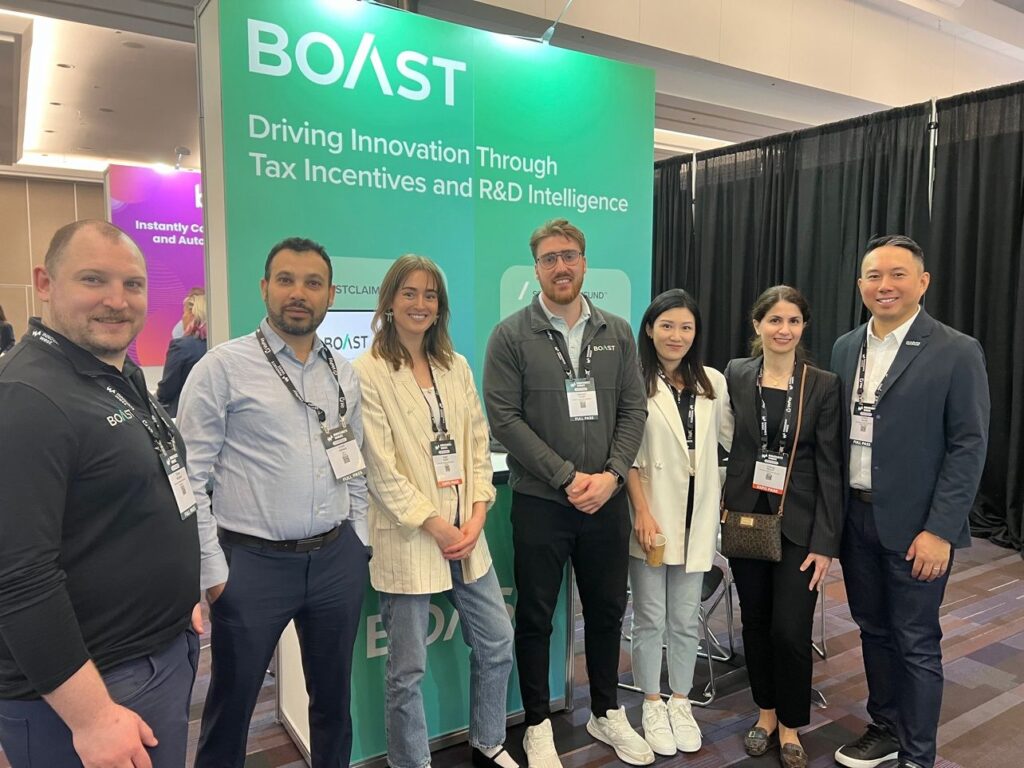There are billions of dollars in government grants available at both the federal and provincial level to help innovative Canadian startups grow their businesses. But gaining access to non-dilutive government funding can be a complex process that no founder should embark on alone.
That’s because there’s a wide array of grant programs available to startups across Canada, and the qualifications for each run the gamut, accounting for everything from the maturity of the business, to the nature of the startup’s innovation, to what specific projects the funding will actually support.
To help founders better understand the grant application process, we recently spoke with Tarig Abdellatief, the President and Managing Director of Arctech Accelerate, in our webinar Unlock the Power of Government Grants to Grow your Startup. In it, Tarig explains how his team works closely with innovative founders to create strategies leveraging government grants to fund businesses at all phases of their startup journey.
Take, for instance, a company that is aiming to expand into new global markets. There’s likely multiple grants that could be leveraged in this scenario. Qualifications include where the business is looking to expand, what partners are involved, and how well-defined key dimensions of the product roadmap actually are—just to name a few. The Federal government can provide up to $50,000 to open up a new market, and often you can get additional funding from the Provincial government as well.
Or perhaps, instead, a founder is hoping to grow their team. Maybe this involves training new hires to help with a specific R&D initiative, or even hiring to expand the diversity of an executive leadership group. Various government grant programs could be stacked to help fund or offset some of these key expenses if founders are strategic about their timelines and clear regarding their goals. Some key examples of this type of grants include the Digital Skills for Youth (DS4Y) program and Venture for Canada.
Few founders, however, have the time or expertise to vet all available government grant programs on their own—let alone create innovative capital strategies that leverage government funding to grow their business. As Tarig explains, there are some table stakes at play when teams begin exploring the government grant landscape and the various avenues for non-dilutive startup funding.
What do founders need to know before they start looking for government grants?
There are 5 primary pillars of government grant funding that Canadian startups can access, which include:
- Research & Development: Funds for projects that create improved products, processes and technologies.
- Initiatives that support government mandates: Assets that are specifically reserved for not-for-profit (NFP) organizations.
- Hiring and training; Grants awarded to hire new employees or provide upskilling opportunities for the existing workforce.
- Market expansion: Money to fuel expansion into new export markets and to scale the business.
- Capital and tech adoption: Capital given toward implementing new equipment, software & other technology.
When first investigating government grants, it’s important that founders understand which of the 5 pillars are relevant to their business or project. Founders can figure this out by categorizing their Organizational Profile, which includes the key business metrics that should be considered before the funding search starts.
It’s also critical that founders apply a Technology Readiness Level (TRL) to their startup to understand what grant programs are realistically available. The CRA categorizes qualifying organizations on a TRL scale of 1-9; TRL 1-4 organizations are considered within the Proof-of-Concept (POC) phase, while TRL 5 organizations toe the line between POC and more mature “prototype” phase initiatives (TRL 6-7). Once a project reaches TRL 8-9 status, it’s essentially market ready.
Understanding their TRL ranking is critical for founders, but even this classification comes with additional nuances and caveats. Some government grant programs have additional revenue or profitability thresholds, for instance—to say nothing of the exemptions and qualifiers that relate to project timelines, personnel and geography.
The real takeaway of all of this for founders is that there is a massive amount of due diligence that goes into creating successful and defensible grant applications. This is to say nothing of the expertise it takes to create a capital funding strategy that can successfully extend a startup’s runway and arm the business with capital when it’s needed most.
Watch our webinar with Tarig to learn which government grants provide up to $50,000 for market expansion program or up to $10M in project funding for R&D, and check out the tips from our previous webinar to learn more about how to build an R&D Capital Strategy.









